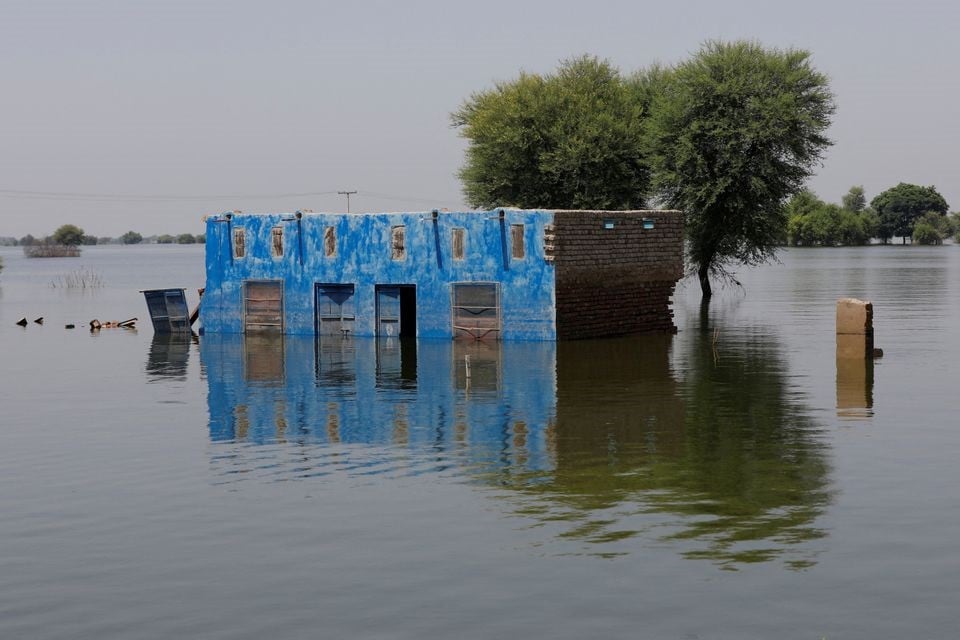Extreme weather events are becoming increasingly common in Asia, leading to devastating consequences that threaten the continent’s food security and ecosystems, according to a report published by the World Meteorological Organisation (WMO). As the world’s most disaster-impacted region, Asia experienced 81 weather, climate, and water-related disasters in the past year alone, with floods and storms being the most prevalent. These catastrophic events directly impacted over 50 million people and resulted in more than 5,000 deaths. Furthermore, the melting glaciers in the High-Mountain Asia region due to warm and dry conditions in 2022 pose a significant risk to the region’s future food and water security and ecosystems, as stated by WMO Secretary-General Petteri Taalas.
Asia’s Alarming Rise in Extreme Weather Events
Last year, Asia faced a staggering 81 weather-related disasters, putting the continent in the limelight as the most disaster-impacted region across the globe. Among these calamities, floods and storms emerged as the most destructive, causing widespread devastation and loss of life. The consequences were dire, with over 50 million people directly affected and a tragic death toll exceeding 5,000. The region witnessed record monsoon rains in Pakistan, leading to catastrophic floods that engulfed vast areas and washed away homes and vital transportation infrastructure. Similarly, glacial melt took its toll in the region, leading to the loss of more than 1,500 lives and causing havoc in affected areas.
China’s Drought Crisis and its Ramifications
China, too, experienced the wrath of extreme weather, grappling with a severe drought that disrupted the power supply and the availability of water. The parched conditions had far-reaching consequences, impacting not only the agricultural sector but also the overall economy. Water scarcity not only affects the daily lives of citizens but also poses a significant challenge to industries that heavily rely on a stable water supply for their operations. As a result, the country faces the daunting task of mitigating the effects of this prolonged drought and finding sustainable solutions to prevent similar crises in the future.
Glacial Melt Threatens High-Mountain Asia’s Future
The High-Mountain Asia region witnessed a concerning loss of glacier mass due to the rising temperatures and dry conditions in 2022. This significant loss of glaciers carries dire implications for the future of food and water security in the region. Glaciers act as a natural reservoir of freshwater, crucial for supporting agriculture and human settlements downstream. As they continue to shrink, the availability of water for irrigation, drinking, and industrial use will be severely compromised. Additionally, the delicate ecosystems of the region, which are intricately linked to the glacier’s health, face an uncertain future, endangering numerous plant and animal species.
The WMO’s report serves as a stern warning, shedding light on the alarming rise in extreme weather events throughout Asia. The devastating floods, storms, and droughts have already wreaked havoc on millions of lives and caused irreparable damage to the environment. Urgent action is needed to combat climate change and its far-reaching consequences. As Asia faces these challenges head-on, the global community must stand in solidarity, offering support and expertise to help the continent navigate through these turbulent times. Only by taking collective action can we secure a brighter and more sustainable future for Asia and the planet as a whole.
















